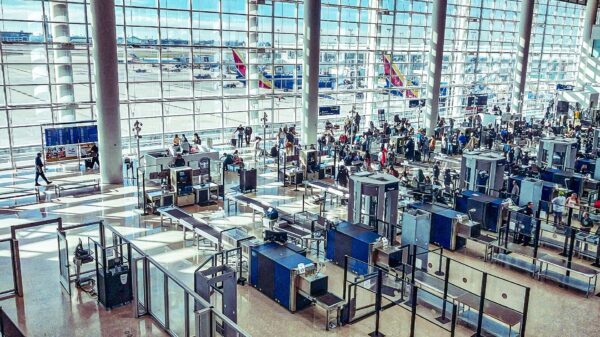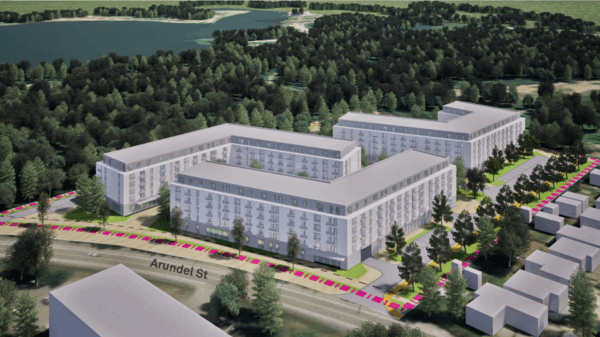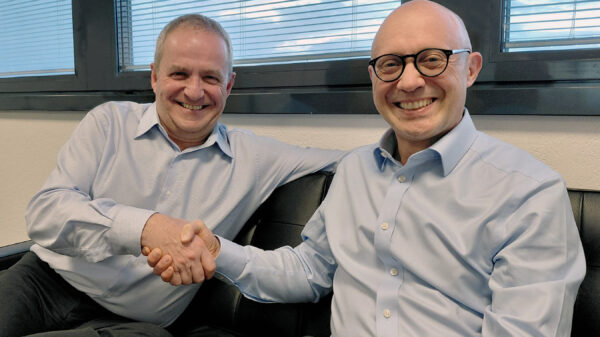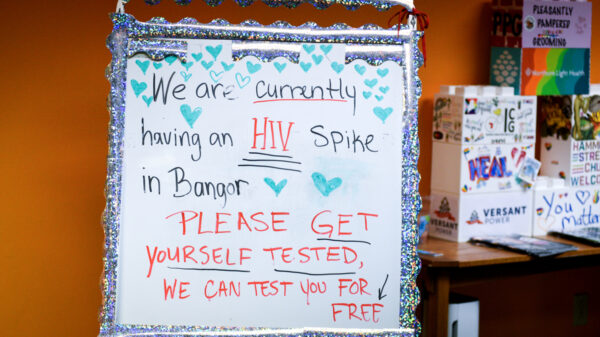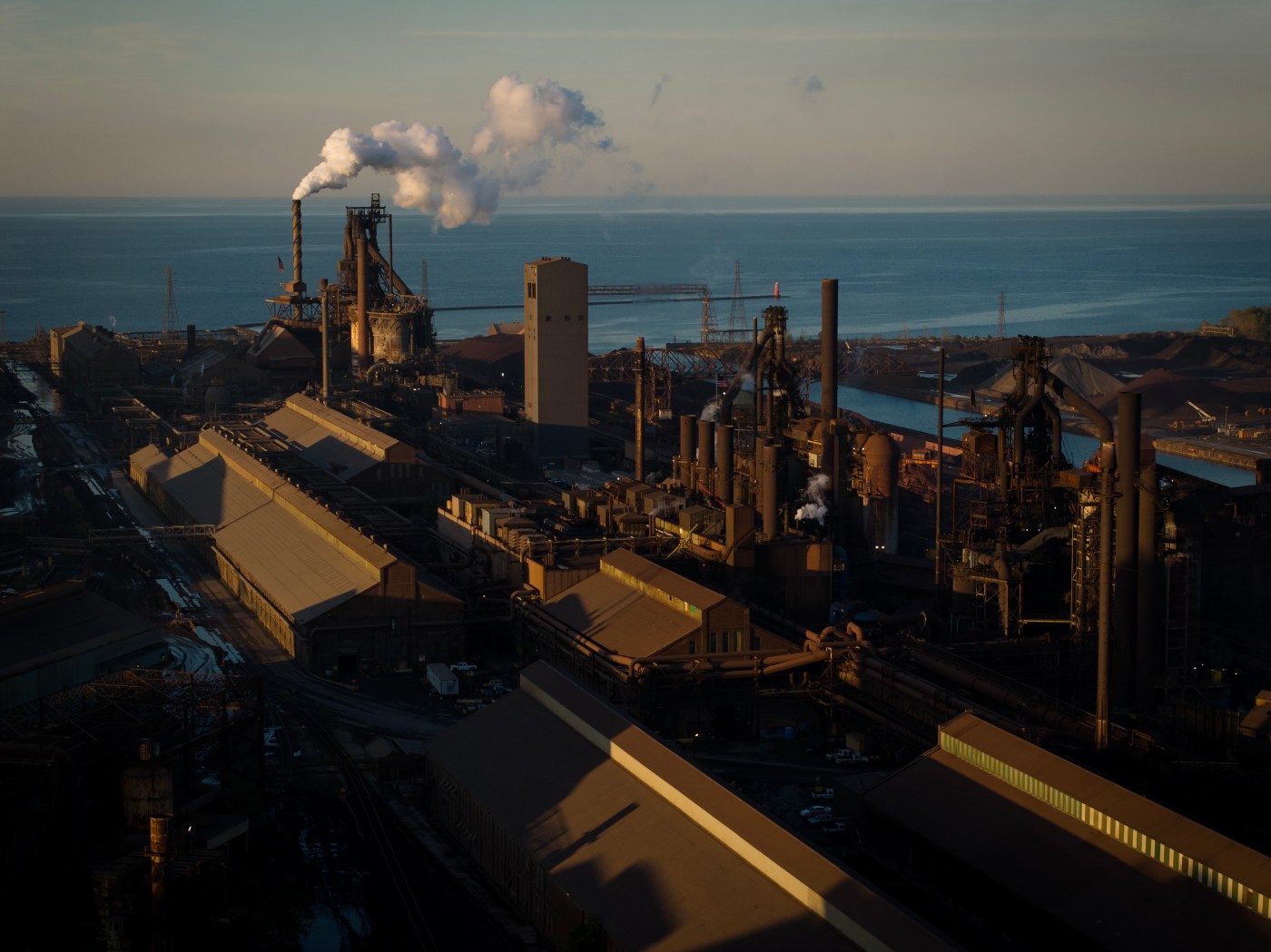UPDATE: Activists in Northwest Indiana are demanding an urgent shift towards green steel production in Gary, as U.S. Steel prepares to invest up to $4 billion in a new steel mill. This call comes just three months after the partnership between Nippon Steel and U.S. Steel was finalized, raising hopes for environmentally friendly steelmaking in the region.
Local labor activist Terry Steagall, a retired steelworker, is advocating for the implementation of direct reduction furnaces, which he believes would significantly reduce pollution and enhance economic viability. “If they’re going to spend about $4 billion for a new technology steelmaking facility, they should look at Gary Works,” Steagall stated, emphasizing the need for modernization to eliminate harmful emissions.
Steagall envisions the area near Buffington Harbor as an ideal location for this green steel initiative, citing its multimodal access and potential for generating tax revenue. He warns that if Gary Works continues to rely on traditional blast furnaces, the future of steelmaking in the region could be jeopardized.
According to U.S. Steel, blast furnaces currently produce about 30% of steel, while electric arc furnaces utilize feedstock from direct reduction processes for finished steel. The company has committed to exploring cleaner technologies as part of their goal to achieve net-zero emissions by 2050 and reduce greenhouse gas emissions intensity by 20% by 2030.
In a statement to the Post-Tribune, U.S. Steel reaffirmed its dedication to environmental compliance, with a compliance rate exceeding 99%. They are also collaborating with CarbonFree on a project aimed at capturing and converting emissions into usable products. However, the urgency remains as local leaders and activists express concerns about the reliance on outdated technology.
Members of the Gary Advocates for Responsible Development (GARD), including Carolyn McCrady, are voicing similar worries. They fear that if the facility does not transition to modern practices, it could face closure, leaving behind a severely polluted area detrimental to the community. “If we don’t innovate, we will be left with a seven-mile stretch of abandoned property,” McCrady warned.
These developments come as Mayor Eddie Melton‘s office prepares to address community concerns regarding the future of Gary Works and its reliance on blast furnaces. McCrady noted that Melton has been receptive to discussions about transitioning to green steelmaking.
As local advocates continue to push for change, the conversation around sustainable steel production in Gary is gaining momentum. Steagall urges both corporations and local leaders to prioritize the needs of Gary residents in their plans for the future. “If we’re going to take Gary Works into the future, we need to invest in new technology at the facility,” he stated.
The outcome of these discussions could have a lasting impact on the economic and environmental landscape of Northwest Indiana. As the situation develops, stakeholders are keenly watching to see if U.S. Steel and Nippon Steel will heed the call for a greener approach to steel production in Gary.








